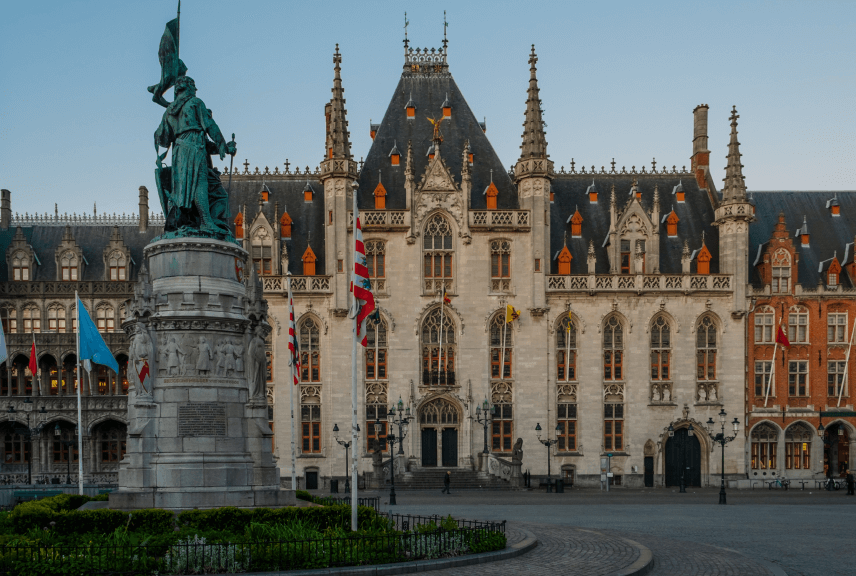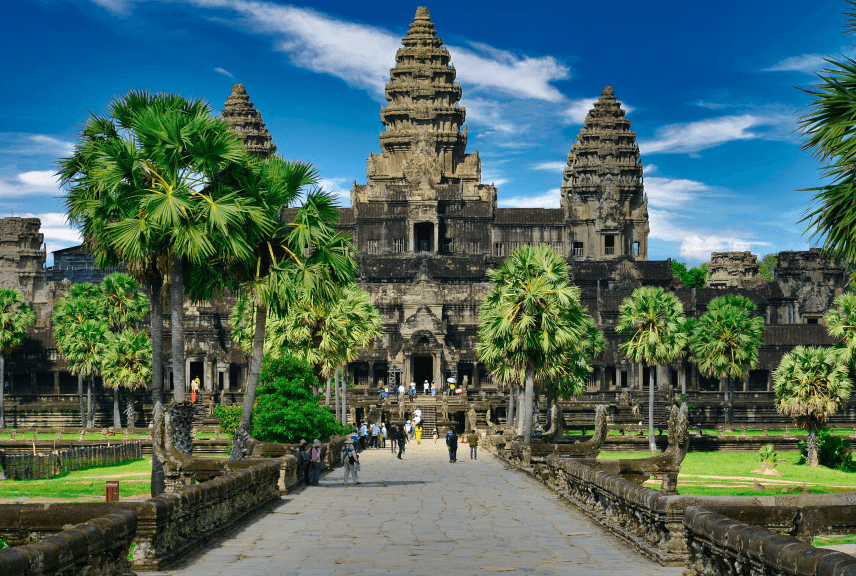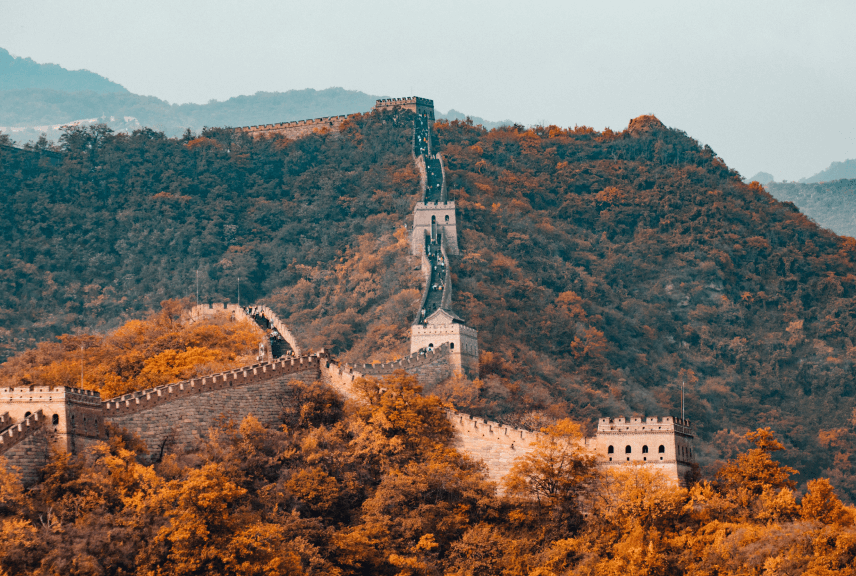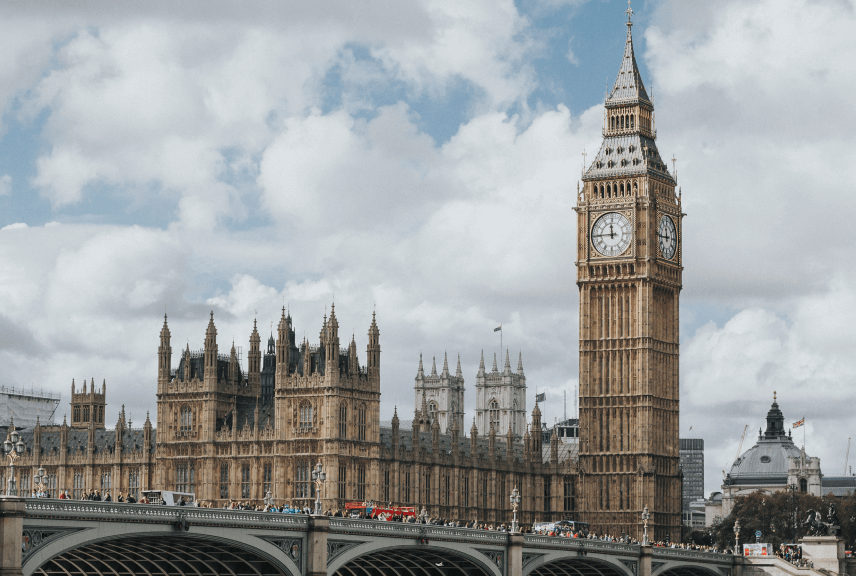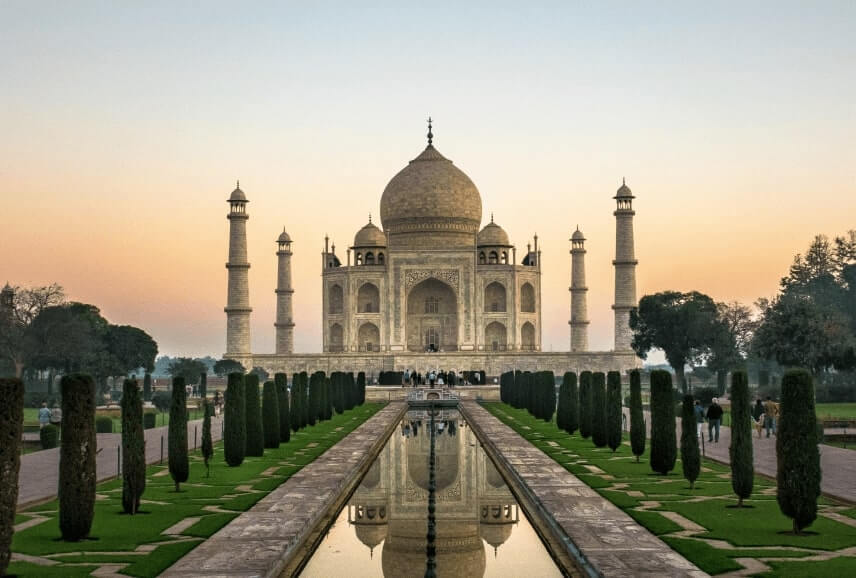Sultan Ghari Tomb
SLocated on the Andheria More Road to Delhi Airport, about eight kilometers southwest of Qutab Minar in pocket 9, opposite sector C, Vasant Kunj, lies the tomb of Sultan Ghari, the first monumental Islamic tomb in northern India. The tomb was built by Iltutmish (1211-36) in 1231 for his eldest son. The prince Nasiru’d-Din Mahmud who waged several wars on behalf of his father died in 1229 at Lakhnauti. He was given the name of Sultan Ghari. Measuring 23.6 square meters, the tomb is constructed of a stone with a golden hue on a rubble plinth about 3 meters high.

The octagonal tomb lies in the center of the enclosure, which has an open courtyard with walls in the northern and southern direction while the western and eastern sides have colonnades based on sandstone pillars and domed bastions on the corners. The western colonnades served as a mosque as there is a prayer-niche of marble raised on pillars and with a mihrab in its center. The corridors are said to be the place of learning known as the madrasa. The enclosure or the tomb chamber due to its architectural style is said to function like a crypt. The notable feature of the tomb is that there are many architectural elements here that are taken from earlier Hindu temples.
Apart from the Sultan Ghari’s tomb, there are also the pillared tombs of Rukn-ud-Din Firuz Shah and Mu’izz-ud-Din Bahram Shah in the southern direction, the sons of Iltutmish and his respective successors for a short period.
